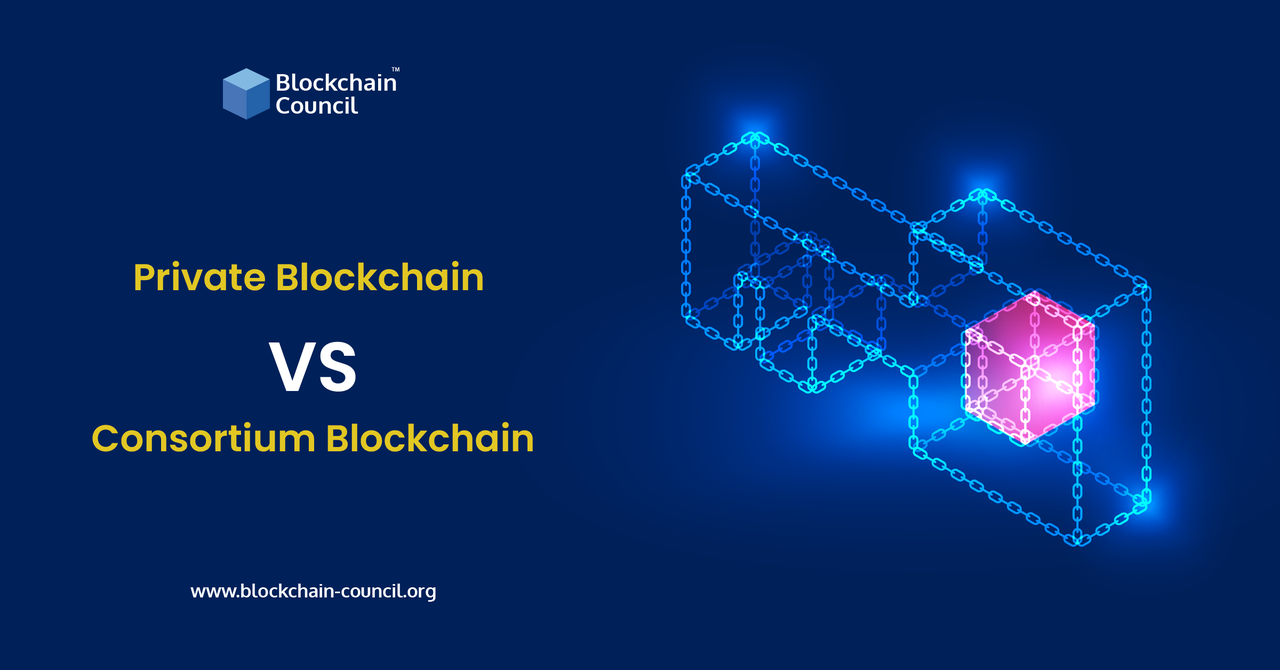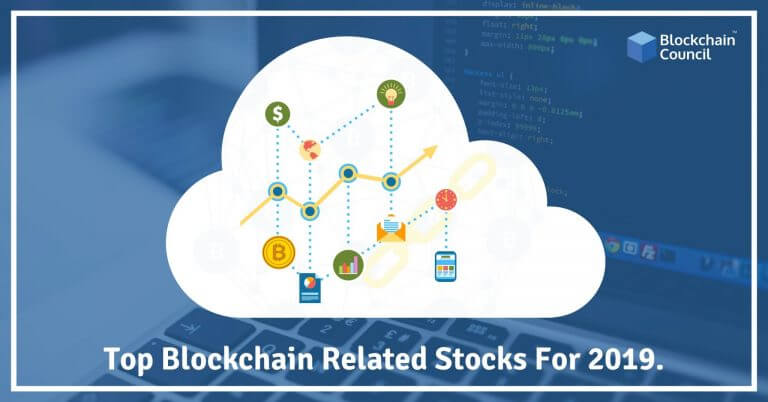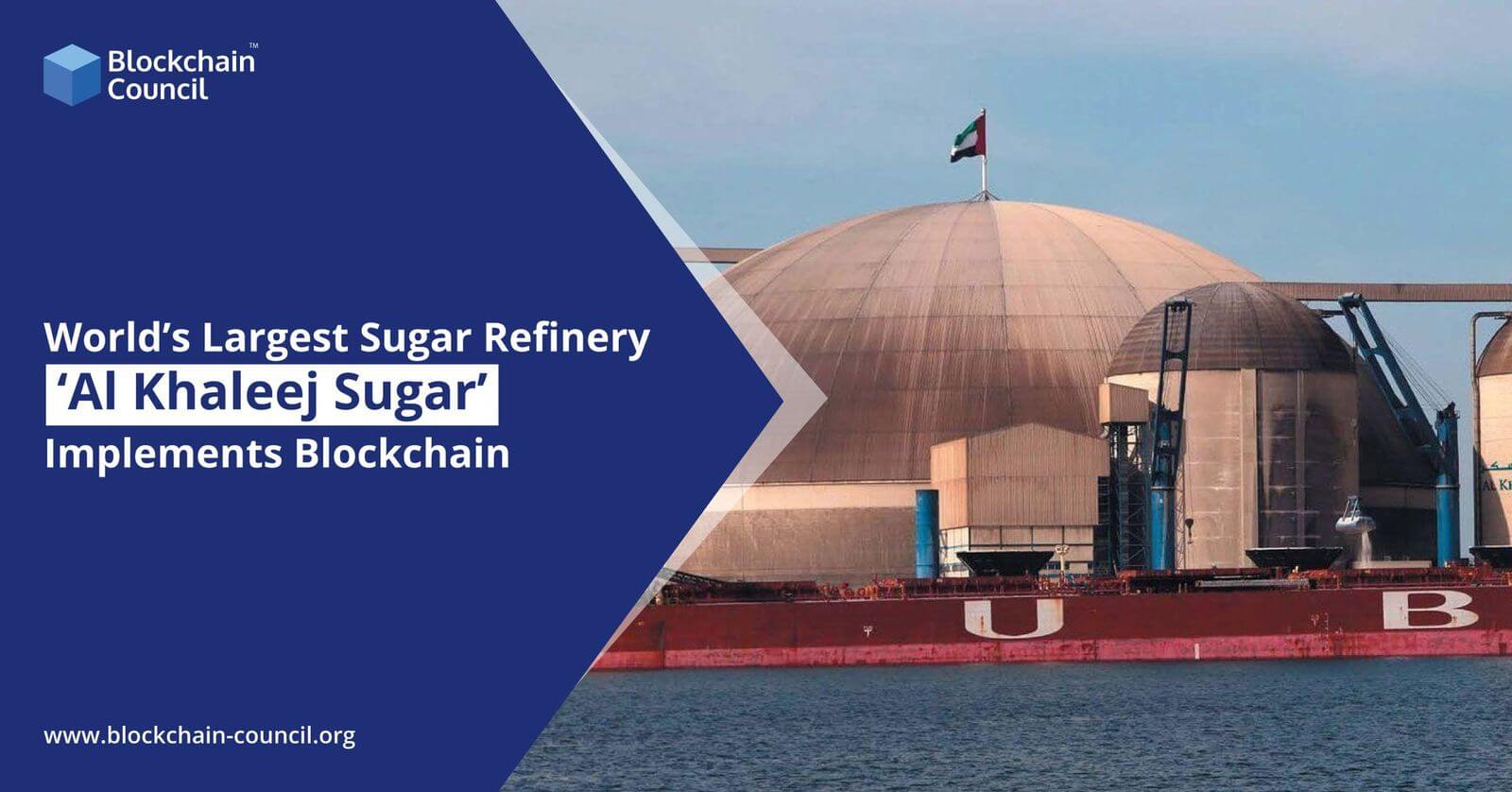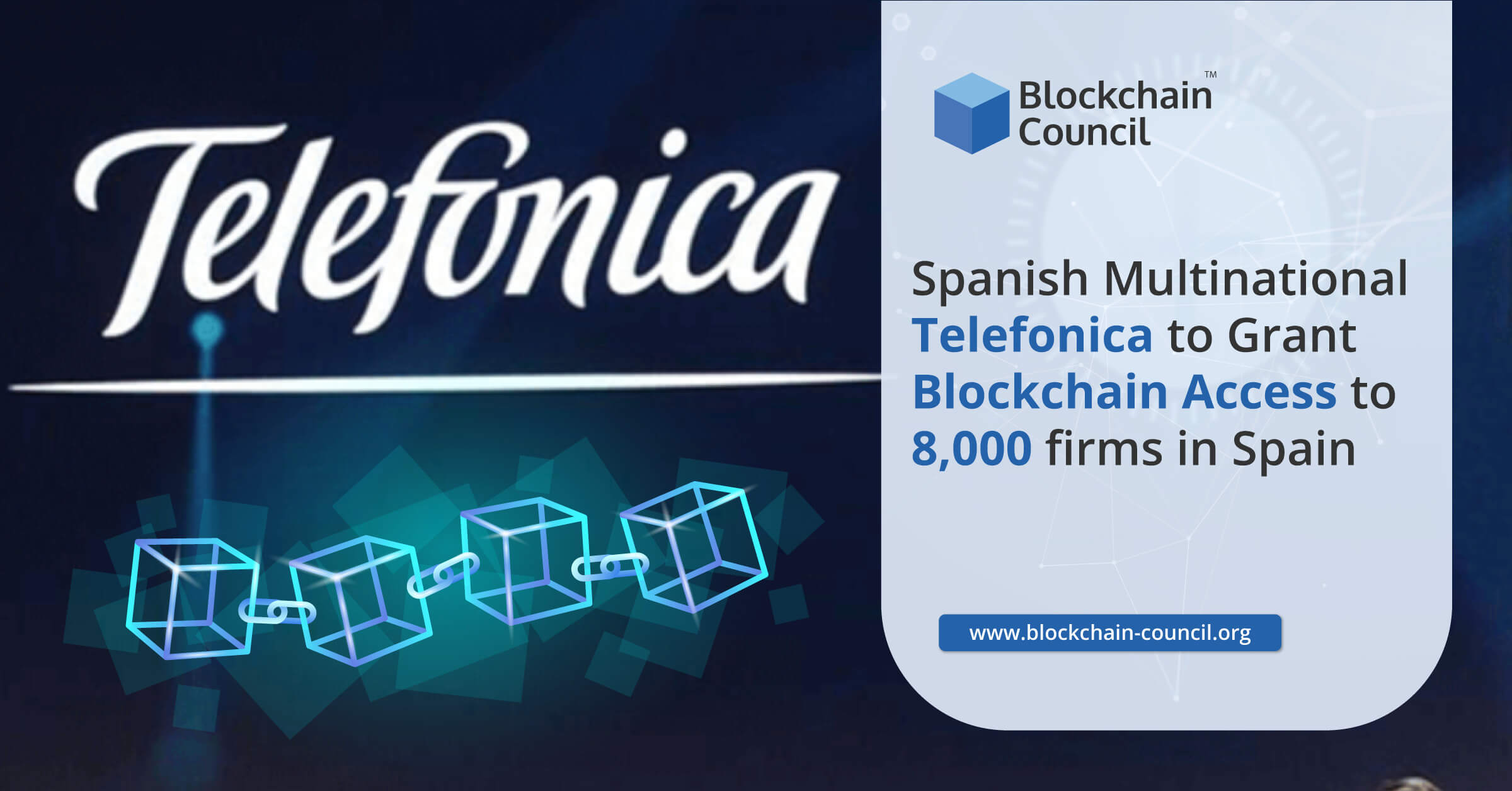
- Toshendra Kumar Sharma
- August 22, 2024
Summary
- Blockchain has evolved beyond Bitcoin to become a mainstream technology with diverse applications.
- The Blockchain market is expected to reach $39.7 billion USD by 2025 and $1,431.54 billion by 2030.
- Blockchain is used in finance, gaming, real estate, supply chain, and healthcare.
- There were 83,434,000 Blockchain wallet users globally as of July 2022, with significant spending on Blockchain solutions.
- Blockchain offers security, transparency, decentralization, immutability, and smart contracts.
- Top 10 Blockchain platforms include IBM Blockchain, Tron, Stellar, NEO, Corda, Ethereum, MultiChain, EOS, Hyperledger Fabric, OpenChain, Quorum, and NEM.
- These platforms cater to both beginners and professionals, providing security and scalability.
- Blockchain’s tamper-resistant nature enhances privacy and security.
- It eliminates intermediaries, facilitating faster transactions.
- Blockchain enables external audits, item traceability, and data integrity.
- The Blockchain space offers learning opportunities for newcomers and innovation for professionals.
Blockchain is becoming important day by day. In 2009, Blockchain emerged as Bitcoin, but now it has become a mainstream technology. Nowadays, Blockchain has various working functionality apart from bitcoin. It is used in industries, healthcare technology, supply chain, logistics, and many other fields. It was designed and developed to create efficient and transparent business processes. According to experts, the Blockchain market is expected to grow to 39.7 billion USD in 2025. This tremendous growth makes the increasing need for Blockchain platforms.
The Blockchain revolution is in full swing, with the global market projected to reach a staggering $1,431.54 billion by 2030, growing at an impressive CAGR of approximately 85.9% from 2022-2030. In this article, we’ll dive deep into the top 10 Blockchain platforms that every enthusiast, from beginners to professionals, should be aware of.
Blockchain technology is no longer confined to the realm of cryptocurrencies. Its applications span across diverse sectors, including finance, gaming, real estate, supply chain management, and healthcare. As of July 2022, there were already 83,434,000 Blockchain wallet users, and worldwide spending on Blockchain solutions was expected to hit $11.7 billion by 2022. Here we will discuss the top 10 Blockchain platforms to use and to build a Blockchain-embedded ecosystem surely and quickly.
What is Blockchain?
Blockchain is a decentralized and distributed ledger technology that underpins cryptocurrencies like Bitcoin. At its core, it’s a chain of blocks, each containing a list of transactions. What sets it apart is its immutable and tamper-resistant nature. Once a transaction is recorded on the Blockchain, it cannot be altered, ensuring trust and security in a digital world.
Benefits of Blockchain Platforms
Now, let’s explore the key benefits of Blockchain platforms that make them indispensable in various industries:
- Security: Blockchain employs cryptographic techniques to secure data, making it highly resistant to hacks and fraud.
- Transparency: Transactions on the Blockchain are visible to all network participants, enhancing transparency and accountability.
- Decentralization: Unlike traditional centralized systems, Blockchain operates on a decentralized network, reducing the risk of a single point of failure.
- Immutability: Once data is recorded on the Blockchain, it’s practically impossible to change, ensuring the integrity of historical records.
- Smart Contracts: Smart contracts are self-executing agreements with predefined rules, automating processes and reducing the need for intermediaries.
- Cost-Efficiency: Blockchain eliminates intermediaries, reducing transaction costs and speeding up processes.
- Global Accessibility: Blockchain operates on a global scale, making it accessible to anyone with an internet connection.
- Data Integrity: With Blockchain, you can verify the authenticity of data, making it invaluable in supply chain management and traceability.
- Innovation: Blockchain has spurred innovation across various industries, from finance to healthcare, by offering new solutions to age-old problems.
- Tokenization: Blockchain enables the creation of digital assets and tokens, opening up new possibilities for fundraising and investment.
Top 10 Blockchain Platforms
IBM Blockchain
IBM is the pioneer company to use Blockchain for creating efficient and transparent business operations. The Blockchain platform of IBM is a popular platform to use. This platform provides a managed and full-stack Blockchain-as-a-service offering that allows users to deploy their Blockchain components in a user-choice environment. Users can create, use, and grow their Blockchain network by using this IBM Blockchain platform. Since IBM is a leading cloud platform, you can also integrate and manage any other cloud service you use, like VOIPs, cloud storage applications and more.
Key feature
| Key Features | Description |
| Enterprise-Grade | Flexible, Kubernetes-based, user-managed platform using Hyperledger Fabric. |
| Developer Tools | Powerful, user-friendly tools for smart contract development and network management. |
| Operational Control | Precise control over network components, deploy only what’s needed for flexibility. |
| Trusted Data Exchange | Optimizes multiparty workflows, accelerates performance, automates tasks with trusted data. |
| Smart Contracts | Supports product authenticity and asset tokenization. |
| Immutability & Transparency | Shared immutable ledger, accessible to all network participants. |
| Support for Assets | Tracks and trades various assets, reducing risk and costs. |
Tron
Tron is known as an operating system that is based on Blockchain. It mainly allows users to build decentralized apps and exchange media assets. The TRX currency is being used to obtain access to specific operating software functionalities. As a result, the token’s primary function is to be used on the Tron platform.
Tron was created with one particular goal: to assist content producers in getting better compensated for their labor. The platform is based on a few ideas; one of them is that all information on the forum is open and not under the jurisdiction of central power. Content providers can be rewarded with digital assets, like the TRX currency or other currencies backed by TRX, in exchange for their work.
Key features
| Key Features | Description |
| Decentralized Digital Platform | Blockchain-based, TRX cryptocurrency, enables direct content sharing. |
| Elimination of Middlemen | Uses Blockchain and P2P to connect creators with consumers. |
| Smart Contracts | Developers create TRX-based apps using Solidity. |
| Free Transactions | TRON network allows fee-free transactions with Bandwidth and Energy. |
| High Transaction Speed | Processes 2,000 transactions per second. |
| Delegated Proof-of-Stake Consensus | Users elect “super representatives” for transaction validation. |
| Compatibility with Ethereum | TRON is Ethereum-compatible, simplifying project migration. |
Steller
Stellar is a digital currency technology-based payment protocol. It handles millions of transactions every day. It enables cross-border payments between any two currencies in a matter of seconds. It resembles other Blockchain-based coins in several aspects. On the other hand, Stellar.org, or perhaps the Stellar Development Foundation, is just a non-profit organization dedicated to financial inclusion, tool advancement, and social projects in the Stellar system. The stellar staff produces programming for the Stellar network.
However, the software is separate from the company. It also provides the benefits of creation, trading, and sending digital representations of all forms of money, like, dollars, bitcoin, pesos, and much more. The public owns this Blockchain platform because a transaction’s basic charge on the Stellar platform is a small fee connected with every transaction execution. This charge is not intended to generate a profit. It serves as a deterrence to malicious behavior.
Key features
| Key Features | Description |
| Decentralized and Open-Source | Optimized for payments and asset issuance, aims for global integration. |
| Fast Transactions | Confirms in 3-5 seconds, supports thousands of transactions per second. |
| Digital Value Exchange | Trade various digital representations of value seamlessly. |
| Decentralized Exchange (DEX) | Allows direct token-to-token exchanges. |
| Smart Contracts | Supports multi-signatures and smart contracts. |
| Low Fees | Ideal for low-cost micropayments with flat fees. |
| Global Reach | Provides API and SDKs for financial transformation and global reach. |
NEO
Neo, formerly known as Antshares, underwent a significant transformation in 2017 when it rebranded as Neo. This open-source, decentralized Blockchain platform has a clear mission: to create a “smart economy” by harnessing Blockchain technology and smart contracts for efficient digital asset management.
Neo’s primary vision is to pioneer a “smart economy” powered by Blockchain technology. This involves using smart contracts to issue and manage digitized assets, simplifying the management of assets through automation.
Neo stands out in the Blockchain world for its advanced features. It provides a complete stack of features out of the box. This means that developers have access to all the infrastructure needed to build fully decentralized applications. However, what makes Neo truly remarkable is its advanced interoperability. This feature allows users to tap into the broader global Blockchain ecosystem.
In 2021, Neo underwent a game-changing evolution as it migrated to N3, which represents the most powerful and feature-rich version of the Neo Blockchain to date. This upgrade is a significant milestone in Neo’s history and aims to provide the industry’s first all-in-one Blockchain development experience.
Key features
| Key Features | Description |
| One Block Finality | dBFT consensus guarantees fast, single-block finality. |
| Oracle | Built-in oracle for secure access to off-chain data. |
| NeoFS | Distributed data storage for scalability and privacy. |
| Smart Contracts | Write smart contracts in C#, Go, Python, Java, or TypeScript. |
| Neo Name Service | Decentralized .neo domain name service for next-gen web apps. |
| Interoperability | Poly.Network enables cross-chain interoperability with Ethereum, Binance Chain, and more. |
| NeoID | Self-sovereign decentralized identity standards. |
Corda
Corda is widely known as a business-oriented open-source Blockchain initiative. Corda can create interconnected Blockchain systems that enable transactions to be carried out safely and confidentially. It’s an innovative contract platform. It allows firms to deal seamlessly with one another. It permits companies to keep track of transaction operations in a shared ledger, eliminating the requirement for participating individuals to double-check their transactions after engaging with one another. It is mainly used in sectors like construction, health, and finance.
Key Features
| Key Features | Description |
| Smart Contract Logic | Uses smart contracts to ensure valid state transitions as defined in contract code. |
| Uniqueness and Timestamping Services | Provides notary pools for temporal ordering of transactions and dispute resolution. |
| Flow Framework | Simplifies complex multi-step protocols between distrusting parties. |
| Privacy | Limits data sharing to authorized parties, enhancing privacy. |
| Interoperability | Enables value exchange between Corda networks with privacy and security. |
| Regulatory Compliance | Complies with existing and emerging regulations like ISO 20022 and ISDA CDM. |
| Integration with Existing Systems | Utilizes standard technologies like HTTPs, X509, and RESTful APIs for enterprise integration. |
| Core Principles | Focuses on identity, transaction finality, privacy, and open governance. |
| No Central Controller | Allows data sharing in a network without the need for a central controller. |
Ethereum
Ethereum, a decentralized global software platform built on Blockchain technology, has gained widespread recognition primarily due to its native cryptocurrency, ether (ETH). This platform serves as the bedrock for a diverse range of applications, organizations, and digital assets, all of which are accessible and constructible by anyone interested in Blockchain technology.
Ethereum stands as a testament to the power of open-source software. Its open nature means that developers from around the world can collaborate and contribute to its growth and evolution. This open-source ethos fosters innovation and ensures that the Ethereum platform remains dynamic and adaptive.
Ethereum has not remained stagnant but has instead undergone a significant transformation known as Ethereum 2.0 or “Serenity.” This upgrade represents a crucial step in the platform’s development, aimed at improving its speed, efficiency, and scalability. One of the most noteworthy changes introduced with Ethereum 2.0 is the transition from the proof-of-work (PoW) to the proof-of-stake (PoS) consensus model.
In September 2022, Ethereum initiated the shift from PoW to PoS, a monumental transition in the Blockchain world. This shift brings a host of benefits, including a reduced energy footprint, increased scalability, and faster transaction processing times. It’s worth noting that the term “Ethereum 2.0” is now regarded as an integral part of Ethereum’s ongoing development, rather than a separate entity.
Key features
| Key Features | Description |
| Ether (ETH) | Ethereum’s cryptocurrency, used for network operations and transaction fees. |
| Smart Contracts | Allows development and deployment of self-executing contracts. |
| Ethereum Virtual Machine (EVM) | Provides the technology for smart contracts and user interaction. |
| Decentralized Applications (Dapps) | Enables the creation of consolidated decentralized applications (Dapps). |
| Decentralized Autonomous Organizations (DAOs) | Supports DAOs for democratic decision-making. |
| Security | Cryptographic mechanisms ensure transaction immutability. |
| Transactions | All transactions are signed and executed securely with permissions. |
| Exchanges | Facilitates safe multi-asset and multi-party transactions with tracked assets. |
MultiChain
MultiChain is a version of Bitcoin that is open source. It is simple to operate and may be used to create customized Blockchains, both private and open. It comes with a carefully chosen mix of functionality plus enhancements aimed at enterprise and commercial users. Compatibility for local assets and the storing of more significant amounts of random information appear to be promising. Consensus-based permit administration for consortial Blockchains is an alternative but distinctive solution. The chain could be customized by amending a straightforward text file prepared by multichain-util; this should be achieved before executing multichain for the first moment, as parameters cannot be altered after the network has been completely established.
Key features
| Key Features | Description |
| Rapid Deployment | Quickly deploy Blockchains and apps with minimal hassle. |
| Unlimited Assets | Issue millions of tracked and verified assets and tokens. |
| Data Streams | Create various types of databases, including key-value, time series, and identity databases. |
| Fine-Grained Permissions | Control access, transactions, asset creation, and more. |
| Developer Friendly | Designed for easy Blockchain and app development. |
| Customizable | Full control over Blockchain aspects; optional proof-of-work. |
| Flexible Security | Supports multisignatures, external keys, cold nodes, and admin by consensus. |
| Permissioned Blockchain | Enhanced privacy and control with explicitly granted access. Suitable for business applications. |
| Interoperability | Allows communication between different chains. |
| Efficient Storage | Use MultiChain data streams as a general-purpose database. |
EOS
EOS is a well-known Blockchain platform. It is used to design and develop scalable and secure applications. It provides the user dApps’ hosting and smart contracts capability. It also provides the decentralized storage of enterprise solutions which helps the user to solve the scalability issues faced by Ethereum or Bitcoin.
Key features
| Key Features | Description |
| Upgradable Smart Contracts | Allows upgrades of self-executing contracts. |
| Advanced Permission Schemas | Customizable permission settings. |
| Forkless Upgrades | Supports upgrades without hard forks. |
| Decentralized Operating System | Developers build on EOS using EOS coins. |
| Parallel Processing | Enables faster transactions and scalability. |
| Secure Access and Authentication | Supports secure access, authentication, and data management for DApps. |
| EOS.IO Software and EOS Tokens | EOS.IO software manages the Blockchain network. – Enables vertical and horizontal scaling of DApps. |
Hyperledger Fabric
It is a platform that is used to create applications and solutions using a modular architecture. It has a membership service and consensus. It includes a wide range of modular and versatile designs which can be used for various industrial uses. It can enable a network of networks. Members of the fabric network can use the network to work together on this platform. Hyperledger Fabric provides the user a secure and scalable platform to support their confidential contracts and private transactions.
Key features
| Key Features | Description |
| Modularity | Modular architecture, plug-and-play components like consensus and membership services. |
| Pluggable Consensus | Supports plug-and-play consensus mechanisms. |
| Permissioned Architecture | Increases privacy, restricting network access to authorized participants. |
| Open Smart Contract Model | Offers flexibility for implementing custom solutions. |
| Private and Permissioned Network | Enrolment through trusted Membership Service Provider (MSP). |
| Privacy | Supports privacy-focused networks using channels. |
| Smart Contract Functionality | Smart contracts (chaincode) in various programming languages are supported. |
Open-chain
It is an open-source Blockchain platform. It is designed to manage digital assets in a secure, robust, and scalable manner. It uses Partitioned Consensus, and every instance of it has a single authority for valid transactions. This platform is designed based on client-server architecture, which makes it more efficient and reliable. No miner involvement exists in this platform, so the open-chain Blockchain platform gives direct, accessible, and instant transactions.
Key features
| Key Features | Description |
| Open Source DLT | Provides open-source distributed ledger technology. |
| Instant Confirmations | Allows instant transaction confirmations. |
| No Mining Fees | Doesn’t require mining fees. |
| Easy Adaptability | Offers easy and fast adaptability. |
| Digital Signatures | Secured with digital signatures. |
| Multiple Control Levels | Open to participants with administrator approval. |
| Hierarchical Account System | Sets permissions at every level. |
| Transactional Transparency | Provides significant time transparency. |
| Transaction Chain | Organizes data in blocks with cryptographic links. |
Quorum
From 2015, Quorum has been established by J.P. Morgan using Ethereum to manage use-cases demanding high-speed as well as rising execution of confidential transactions with a highly secure community of people. Quorum is built to grow and improve in tandem with Ethereum. It doesn’t employ the Proof of Work (PoW) consensus mechanism, instead of relying on vote-based and other techniques to execute thousands of operations per second, according to how smart contracts and other networks are set up. Quorum can handle the bulk of Ethereum changes swiftly and efficiently since it only alters Ethereum’s core to a limited extent.
Key features
| Key Features | Description |
| Quorum Blockchain Service (QBS) | Fully managed ledger service for scalable enterprise Blockchain networks. |
| Infrastructure Management | Unified control over infrastructure and network governance. |
| Smart Contracts | Creation, testing, debugging, and deployment of smart contracts. |
| Low-Code Connectors | Easy integration with .net, Java, and Javascript. |
| Constellation | Unique security feature for message protection. |
| Network and Peer Permissions Management | Permissioned network, not open to all. |
| Enterprise Ready | Features include peer-to-peer privacy, permissioning control, pluggable consensus (Istanbul BFT or Raft), and transaction/block finality. |
NEM
NEM, short for New Economy Movement, is a technology platform designed for easy and cost-effective asset and data management. It was launched in 2015 and is overseen by the NEM Foundation, a non-profit organization based in Singapore. NEM introduces its own cryptocurrency, known as XEM.
The primary goal of NEM is to create an improved Blockchain system. It achieves this through two core concepts: proof-of-importance (POI) and harvesting. POI emphasizes the level of investment users have in the NEM system, with a genuine vested interest.
One of NEM’s standout features is the “Smart Asset System.” This innovative concept enables users to effortlessly create and manage various digital assets, referred to as “mosaics.” These mosaics can represent a wide range of assets, including currencies, stocks, and points.
NEM also offers a host of powerful functionalities, such as multi-signature capabilities, a node reputation system, and programmable smart contracts. These features empower NEM to handle complex business scenarios while ensuring security and efficiency.
To achieve both high performance and robust security, NEM employs a consensus mechanism called Proof-of-Importance (POI). Unlike traditional proof-of-work (POW) and proof-of-stake (POS) systems, POI considers user activity and contributions within the network. This approach enhances network performance and security significantly.
Key Features:
| Key Features | Description |
| Smart Asset System (Mosaics) | Easily create and manage diverse digital assets (mosaics) representing currencies, stocks, and more. |
| Proof-of-Importance (POI) | Unique consensus mechanism considering user activity for enhanced performance and security. |
| Harvesting | Efficient block creation process, accessible to users with 10,000 vested XEM, without heavy computation. |
| Multi-signature Transactions | Enables multiple users to control the same account, ideal for businesses requiring transaction approvals. |
| Node Reputation System | Protects against network attacks by rejecting nodes with a poor reputation. |
| Programmable Smart Contracts | Platform for customizable smart contracts that execute automatically based on predefined conditions. |
Importance of these Blockchain platforms
- Nowadays, the use of Blockchain is increasing. Therefore, people need better and more user-friendly platforms to use this new-age technology.
- The use and access of bitcoin are increasing rapidly. Many organizations are taking bitcoins as a means of transaction. These bitcoin users need secure and good platforms to access their bitcoin.
- The scope of Blockchain is increasing every day. So more people are doing Blockchain courses. However, these beginners need some excellent platform to start their Blockchain journey.
- These platforms are well-known and professional platforms. All professionals and beginners can use these platforms.
- Since every transaction is encoded and connected to the initial transaction, Blockchain is significantly more reliable than traditional logbook methods. This is because Blockchain comprises a complex string of mathematical values that cannot be changed once created. The unchangeable and incorruptible characteristics of Blockchain make it safer and protected against tampering and hacking data.
- Blockchain eliminates the requirement for intermediaries in many operations, such as transactions as well as real estate. Now, this is only possible due to its decentralized character. By facilitating P2P cross-border payments with a virtual currency, Blockchain allows for speedier transactions than traditional financial institutions.
- Whenever a trade of items is documented on a Blockchain, an external audit is provided. This audit determines where the items arrived from, and all this is possible due to the Blockchain ledger. This will assist exchange-related organizations in enhancing privacy and avoiding corruption, but it could also help confirm the legitimacy of traded items. It can also be used to follow the supply channel from the producer to the distributor in areas like medicine or offer indisputable proof of purchase in the art community.
Conclusion
As we wrap up our exploration of the top 10 Blockchain platforms, it’s clear that Blockchain technology is reshaping the world. With over 23,000 different crypto assets in existence and Blockchain platforms handling thousands of transactions per second, the possibilities are endless. Whether you’re a newcomer looking to understand the basics or a seasoned pro seeking the latest updates, the Blockchain space offers something for everyone. Stay informed, stay engaged, and embrace the Blockchain revolution—it’s only just beginning.
If you want to keep up with the trends of the blockchain industry, join our communities on Discord, Reddit and Telegram.
Frequently Asked Questions
- Blockchain is a decentralized and distributed ledger technology used to record transactions.
- It ensures security and immutability, making data tamper-resistant.
What are the benefits of Blockchain platforms?
- Blockchain platforms offer security, transparency, decentralization, immutability, and support for smart contracts.
- They reduce costs, enhance data integrity, drive innovation, and enable tokenization.
Which are the top 10 Blockchain platforms mentioned in the article?
- The top 10 Blockchain platforms are IBM Blockchain, Tron, Stellar, NEO, Corda, Ethereum, MultiChain, EOS, Hyperledger Fabric, Open-chain, Quorum, and NEM.
Why are these Blockchain platforms important?
- These platforms are essential because they provide secure and efficient solutions for various industries.
- They also enable users to develop applications, manage digital assets, and conduct transactions with trust and transparency.
What is the importance of Blockchain technology in today’s world?
- Blockchain technology is crucial due to its increasing use in various sectors like finance, healthcare, and supply chain.
- It offers secure, efficient, and transparent solutions, reducing the need for intermediaries and improving data integrity.





































































 Guides
Guides News
News Blockchain
Blockchain Cryptocurrency
& Digital Assets
Cryptocurrency
& Digital Assets Web3
Web3 Metaverse & NFTs
Metaverse & NFTs
